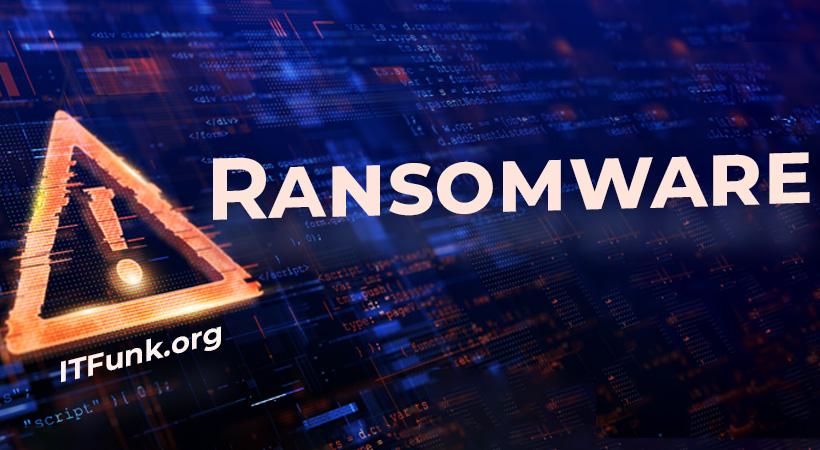Hunters International Ransomware Emerges from the Shadows
In the ever-evolving landscape of cyber threats, a new player has emerged—Hunters International ransomware. This clandestine entity has recently come to light due to its intriguing origin story, inheriting the source code and infrastructure from the dismantled Hive ransomware operation. Unlike a mere rebrand, Hunters International signals a strategic shift in tactics, placing a heightened emphasis on data exfiltration over traditional encryption methods for extortion.
The Transition from Hive to Hunters International
The genesis of Hunters International lies in the strategic decision of the Hive group’s leadership to discontinue its operations earlier this year. Rather than fading into oblivion, they opted to pass the baton to a new entity, resulting in the emergence of Hunters International. Such transitions, involving the transfer of source code and infrastructure, are not uncommon in the ever-adapting world of cyber threats, often driven by increased legal pressure and law enforcement actions.
Code Similarities and the Disputed Connection
Speculation arose regarding the connection between Hunters International and the former Hive operation due to observed code similarities. However, the actors behind Hunters International vehemently denied being a mere rebrand, asserting that they acquired the Hive source code and website from the original developers. The disputed relationship adds an intriguing layer to the narrative, underscoring the complex dynamics within the cyber threat landscape.
A Tactical Shift: Data Exfiltration Takes Center Stage
What sets Hunters International apart is its tactical pivot towards data exfiltration, moving away from exclusive reliance on encryption for extortion. Bitdefender’s analysis unveiled the ransomware’s Rust-based foundations, an attribute inherited from Hive’s strategic shift to this programming language in July 2022, aimed at enhancing resistance to reverse engineering.
Adapting the Toolkit: Streamlined and Efficient
As Hunters International incorporates the ransomware code inherited from Hive, noticeable simplifications and streamlining are apparent. This includes a reduction in command line parameters, a more efficient encryption key storage process, and a generally less verbose operation compared to its predecessor. Notably, the ransomware features an exclusion list, allowing specific file extensions, names, and directories to be exempt from encryption.
Arsenal in Action: Beyond Encryption
Going beyond encryption, the ransomware executes commands to hinder data recovery efforts and terminates processes that might interfere with its malicious activities. While Hive gained notoriety as one of the most formidable ransomware groups, the cybersecurity community now watches closely to assess whether Hunters International will prove equally menacing or potentially more so.
Detection Names of the Threat
Cybersecurity experts have identified the Hunters International ransomware using various detection names, including but not limited to:
- Trojan.Ransom.HuntersInternational
- Ransom.HuntersInt
It is crucial for security professionals and organizations to stay vigilant and update their threat intelligence regularly to detect and mitigate this emerging threat effectively.
Hunters International Ransomware Removal Guide
Step 1: Isolate Infected Systems
- Disconnect the infected system from the network to prevent the ransomware from spreading.
Step 2: Document the Infection
- Record any ransom messages or demands for future reference.
Step 3: Remove the Ransomware
- Use reputable antivirus or anti-malware software to perform a full system scan.
- Quarantine or delete any identified threats.
Step 4: Restore from Backup
- If possible, restore affected systems from a clean backup taken before the ransomware infection.
Step 5: Strengthen Security Measures
- Update and patch software regularly to address vulnerabilities.
- Implement robust email and web filtering to block malicious content.
- Educate users about phishing threats and safe online practices.
Best Practices to Enhance Cybersecurity
- Regular Backups: Maintain routine backups of critical data to facilitate swift recovery in case of a ransomware attack.
- Software Updates: Keep operating systems and software up to date to patch known vulnerabilities.
- User Training: Educate users about the risks of phishing attacks and the importance of exercising caution online.
- Network Segmentation: Implement network segmentation to limit the lateral movement of ransomware within a network.
- Incident Response Plan: Develop and regularly update an incident response plan to ensure a swift and coordinated response to security incidents.
With the emergence of Hunters International, cybersecurity professionals and organizations must stay informed, employ robust security measures, and be prepared to adapt to the evolving tactics of ransomware threat actors. Swift detection, effective removal, and proactive cybersecurity practices are essential in mitigating the impact of this new and potentially formidable threat.





